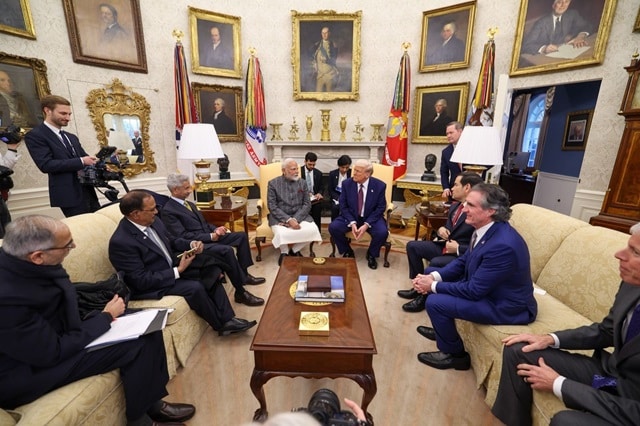India Pushes for Swift Trade Deal with US

India is accelerating efforts to finalize a trade agreement with the United States following President Donald Trump’s recent decision to temporarily halt reciprocal tariffs on several countries. This pause comes as the US imposes a significant tariff increase on Chinese imports, raising them to 125%. With the current reciprocal tariff for India set at 10%, Indian officials view this development as a crucial opportunity for exporters, particularly in the shrimp sector. Both nations aim to complete the first phase of their trade agreement by autumn 2025, targeting a bilateral trade volume of $500 billion by 2030.
Tariff Pause Offers Relief to Indian Exporters
The 90-day suspension of reciprocal tariffs has been welcomed by Indian exporters, especially those in the seafood industry. A government official highlighted that this pause provides much-needed relief amid ongoing trade tensions. India has been proactive in its discussions with the US, having established a timeline for the completion of the trade agreement. The official noted that the trade dynamics between the US and China will continue to shape international export patterns, emphasizing the importance of the US-India trade relationship.
The recent tariff adjustments by the US, which included a temporary reduction for trading partners like India, were announced just a day after Trump implemented steep tariffs that caused significant fluctuations in the stock market. This swift policy change underscores the volatility in global trade relations and its impact on economies worldwide.
India Open to Duty-Free Imports from the US
In a bid to expedite the trade agreement, India has expressed its willingness to consider duty-free imports from the US across various sectors, including those under the Production-Linked Incentive (PLI) schemes. This comprehensive offer could pave the way for a more favorable trade environment. The PLI scheme currently encompasses 14 sectors, with a budget allocation of Rs 1.97 lakh crore. Key sectors include mobile phones, textiles, automobiles, and pharmaceuticals.
By exploring duty-free imports, India aims to enhance its trade ties with the US while also addressing domestic economic challenges. The potential for increased collaboration in these sectors could lead to significant growth in bilateral trade, aligning with the goal of reaching $500 billion by 2030.
Economic Implications Amid Global Trade Tensions
As India navigates these trade negotiations, the Reserve Bank of India (RBI) has taken steps to bolster the economy by reducing the repo rate by 25 basis points to 6%. RBI Governor Sanjay Malhotra has cautioned that ongoing trade wars and tariff-related uncertainties pose risks to India’s GDP growth. He noted that the global economy is currently facing exceptional uncertainties, complicating policy-making efforts.
Malhotra’s comments reflect the broader economic landscape, where trade tensions between major economies like the US and China create challenges for growth and inflation. The RBI’s proactive measures aim to mitigate these risks and support economic stability as India seeks to strengthen its trade relationships and foster growth in a turbulent global environment.
Observer Voice is the one stop site for National, International news, Sports, Editor’s Choice, Art/culture contents, Quotes and much more. We also cover historical contents. Historical contents includes World History, Indian History, and what happened today. The website also covers Entertainment across the India and World.

